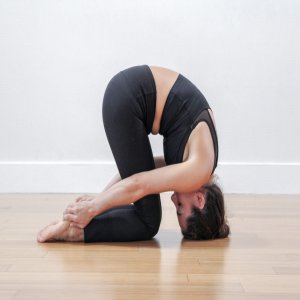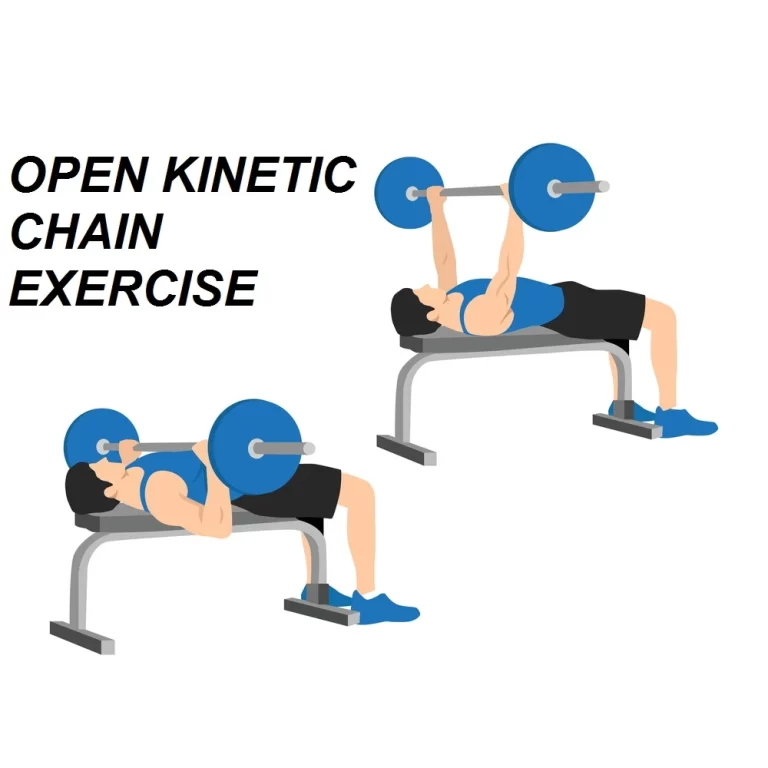Sasangasana: Health Benefits, Steps, & How to perform?
What is Sasangasana?
The name Sasangasana is due to the pose that the body gets mimics that of the rabbit. As in Sanskrit, a rabbit is known as “Sasanga”. It is so as in this posture the spine gets rounded and shares a similarity with the rabbit’s spine and posture.
It should be noted that Shashankasana (hare pose) is separate from Sasangasana (rabbit pose). These two poses share similarities in Sanskrit name, otherwise, both have different sequences and ways of performing.
The name shashankasana is used for it because here it is contrasted with the moon (Shashank in Sanskrit). As the moon is taken as a symbolic representation of calmness and peace and the soothing effects of this posture are quite similar to the body.
What are the Health Benefits of Sasangasana?
There are certain benefits of sasangasana:
- It strengthens the Abdominal muscles.
- Stretches the Shoulder, Arm, and back.
- Stimulates the immune and endocrine systems.
- Daily practice can cure insomnia and diabetes.
- Reduces the tension in the shoulders, back, and neck.
- Aids in lengthening the spine and helps relieve low Back pain.
- Helps to decrease depression and calms the mind.
- Improves the mobility and elasticity of the back and spine muscles.
- Aids to feed the nervous system with fresh oxygen and blood.
- Aids to cure chronic tonsillitis, colds, and sinus problems.
- Activates the abdomen organs. Thus improving the digestion system.
- Improves flexibility.
- Aids to regulate the blood circulation in the whole body.
What are the Preparatory poses for Sasangasana?
- Hero Pose (Virasana)
- Camel Pose (Ustrasana)
- Child Pose (Balasana)
- Table Top Pose (Bharmanasana)
How to Perform Rabbit Pose?
Begin from the Child pose.
Slowly grab onto the heels with your hands.
Now move the forehead in towards the knees.
Put the top of the head on the yoga mat.
Breathing should be regular.
Grab tightly onto the heels.
Inhale; raise the hips towards the ceiling.
Rotate onto the crown of your head.
Try to compress the forehead slowly as close to the knees as possible.
Breathing should be regular.
Stay in this position for a few seconds (30 to 60 seconds).
End the pose by exhaling and come back to the child pose.
How to do Rabbit Pose by watching a video?
What are the Follow-up Poses for Sasangasana?
- Cobra Pose (Bhujangasana)
- Tabletop position (Bharmanasana)
- Lion Pose (Simhasana)
What are the Therapeutic Applications of Sasangasana?
Rabbit pose is most advantageous and can cure the following conditions;
- It is a pose that brings calmness to the mind by increasing the blood flow. Hence proved beneficial in treating anxiety and depression.
- As the rabbit pose is an inversion posture, holding this pose for a few minutes rises the blood flow to the scalp. It makes this posture is a very good exercise for hair growth.
- People suffering from diabetes can get advantages from rabbit pose. The rounding trunk activates the insulin hormone secretion in this pose.
- It is even suggested to cure insomnia and improve sleep patterns.
- In issues like sinuses, cold, or tonsillitis improvements can be observed by performing sasangasana.
- Back pain and lower back stiffness are also reduced by this pose.
What are the Tips for Rabbit Pose?
There are some important tips you need to follow:
- To get the proper grasp, cradle your heels in your palms over the towel, getting a firm grasp with your fingers.
- Lower your chin, collapse your chest, round your shoulders, curl your torso, and crunch your belly.
- Emphasize the exhalation.
- As you twist, lift your hips into the air and pull.
- Make sure not to lose your grasp as you go forward – this is where your power comes from.
- Each time you breathe out, pull and roll forward like a wheel and such your stomach in.
- It’s good to perform this pose in the morning with an empty stomach.
- If you find any discomfort or pain, end the pose and ask for the expert’s guidance and doctor’s advice.
What are the Variations of Rabbit Pose?
There is a certain variation of Sasangasana:
Rabbit Pose arm variation – From the rabbit pose, let go of your hands from the heels and slowly draw them forward. Clasp the hands keeping the arms extended.
Balancing on knees and head – Keep the crown of the head firmly on the floor. Raise the feet towards the roof shifting weight to the knees and head. Wrap your hands around your ankles compressing the heels against the hips.
Advanced variation – After attaining the rabbit pose take your hands from your heels and extend them behind your back, palms facing the ground. Move further by drawing the shoulders to the knees. The head then lies in the space formed between the knees.
Simple variation – Beginners can do this variation. Begin with sitting in Vajrasana. Inhale lifting your arms with open arms arch a little, and shift your concentration to your hands. With an exhalation flexing forward stretching the arms forward with palms and forehead on the ground.
What are the Precautions & Contraindications for Sasangasana?
There are certain Precautions and Contraindications you need to remember:
- Avoid sasangasana in case of any injury in the neck, shoulders, back, and arms.
- People with spondylitis must not perform the pose.
- Pregnant women and Hypertension patients must avoid its practice.
- If you have vertigo or depression, this pose is certainly not suggested.
- If you have chronic knee pain, then don’t perform this pose






